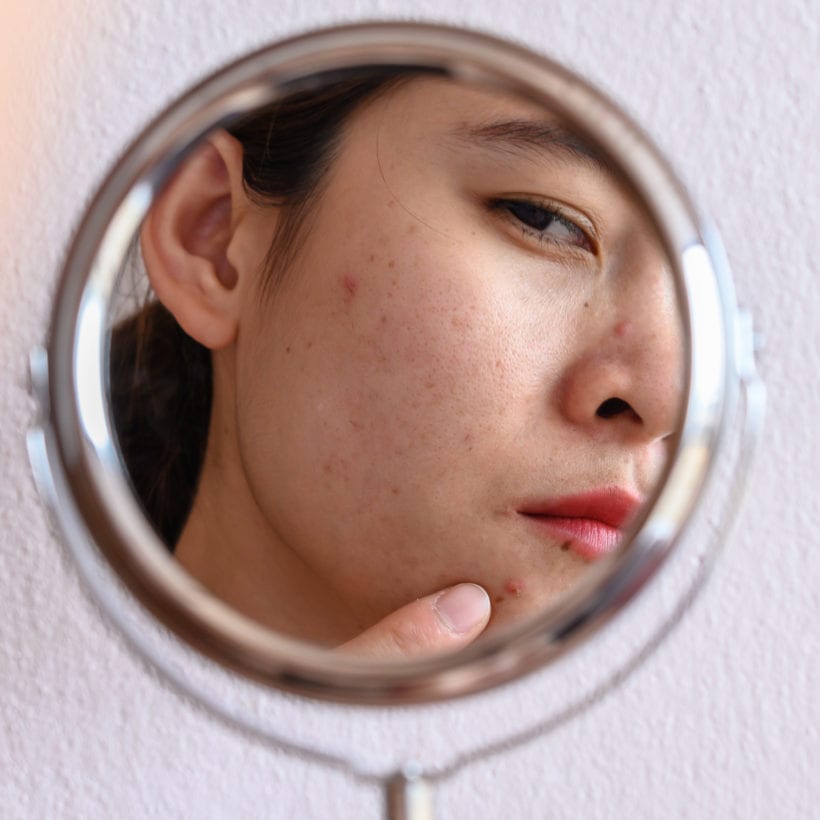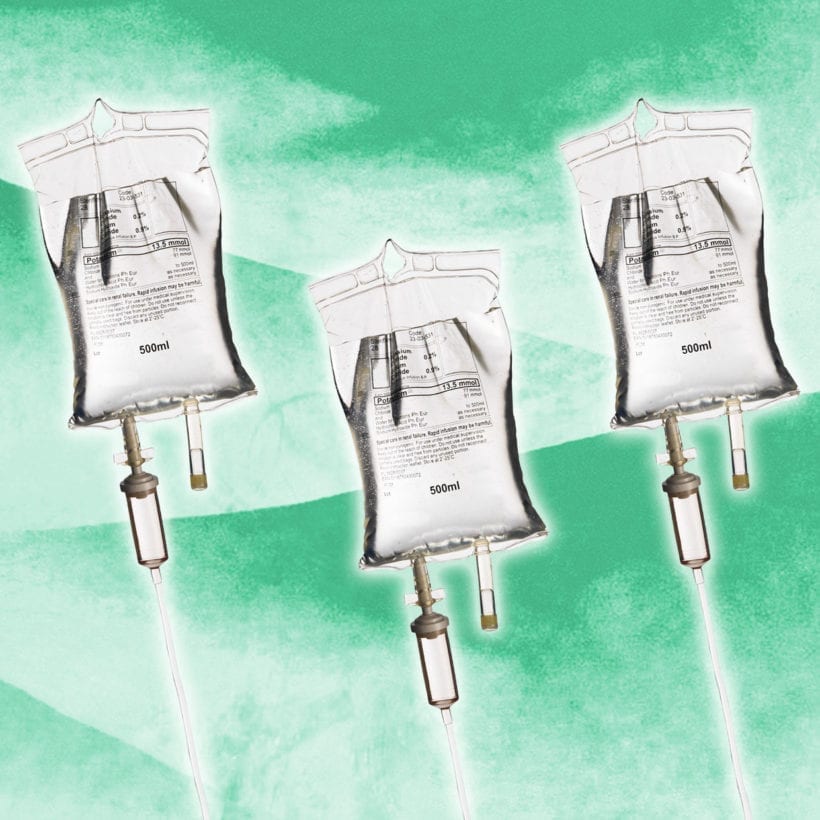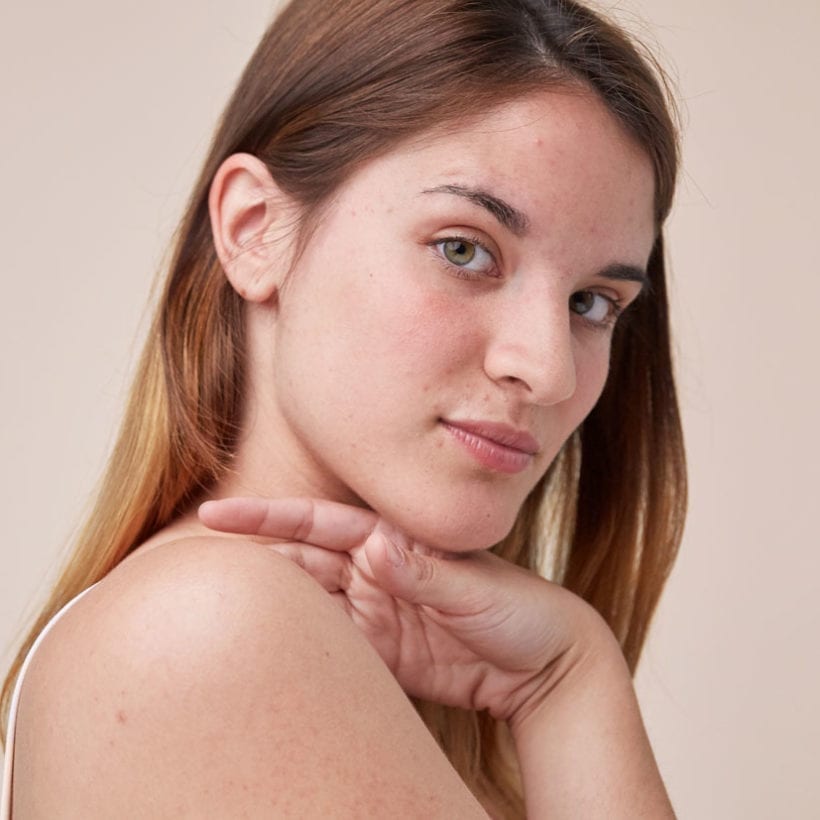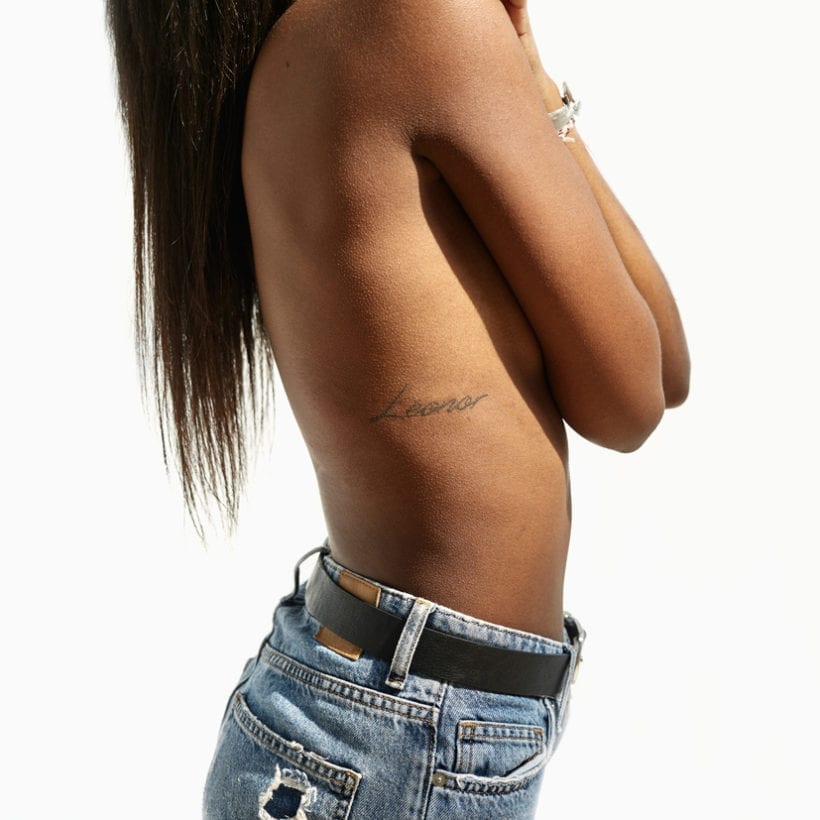If the dead of winter has your skin looking as dry, gray, and dull as the sky outside, there’s more than one reason why you should schedule that beauty treatment now rather than waiting until spring is in full bloom. The winter season is the perfect time to heal and recover from beauty treatments — think: invasive resurfacing lasers, fat-melting treatments, and even plastic surgery.
Dr. Paul Jarrod Frank, a board-certified dermatologist and author of The Pro-Aging Playbook, says if you want to look a certain way by summer, pull the trigger and make an appointment in advance because many treatments take time to show results. Beauty treatments that resurface the skin are better in the winter when there’s less sun, and cosmetic surgeries that generate swelling (as a by-product) are ideal since you can easily hide ‘the evidence’ of a procedure under chunky knits and heavy puffer jackets. “Also, many dermatologists book up quickly, especially after the New Year with resolutions in mind, so be proactive if you want to fix something before the start of summer,” he advises.
If you’re ready to schedule a procedure and pony up for some recovery time, keep scrolling to see which best beauty treatments you should book this winter.
Injectables & Fillers
Skin-plumping, line-filling, and wrinkle-reducing injectables and fillers are safe to do 365 days per year, but some dermatologists choose to perform them during winter. Dr. Jennifer Segal, a board-certified dermatologist, says that cooler temperatures minimize the risk of immediate post-injection bruising. “That’s because cold causes vasoconstriction and heat causes vasodilation,” she says. So, if you’re someone that easily bruises post-injection, you may want to shift your injection schedule to winter.
Lasers & Chemicals Peels
Lasers are at the top of the list of treatments to avoid in the summer simply because there is excessive heat and more sun exposure, leading to undesirable results and increased pigmentation. “Resurfacing lasers and chemical peels are best to do in the winter because during the summer, these treatments can increase your sensitivity to the sun (and are not as ideal when the UV index is higher),” says Dr. Rachel Maiman, a board-certified dermatologist. “In a similar vein, when the UV index is higher, the likelihood of having a tan is also higher, and being tan with pigment-targeting lasers, like IPL, can significantly increase the risk of complication,” she adds.
The more ablative the laser — we’re talking those that seriously resurface the uppermost layers of skin, which is usually red for a few days — the more downtime required, making January, February, and March ideal times to have the treatment. Part of the recovery process requires staying indoors for a few days up to one week as a means of avoiding sun exposure. “As a general rule, there should be no sun for two weeks pre- and post-treatment,” adds Dr. Frank.
Superficial nonablative lasers are also winter musts. “Fall and winter are my favorite times to do superficial restorative laser treatments for blood vessels and brown spots as well as exfoliating chemical peels,” Dr. Segal says. “It is safer to do these treatments during the winter given the decreased risk of complications from post-procedure heat and sun exposure, which can lead to post-inflammatory hyperpigmentation,” she explains. And, of course, like with all lasers and peels, it’s critical to protect your investment with diligent skincare, sun avoidance, and sun protection are musts.
Some of the gentler laser treatments, like Clear & Brilliant, are suitable to do year-round. But doing the treatment during the winter will provide more of a punch. “It is especially beneficial in the winter when skin is looking dull, and you’re not actively sitting in the sun,” says Dr. Frank.
Laser Hair Removal
Suppose you want skin that’s as smooth as a baby’s butt come the first of June. In that case, now is the time to start laser hair removal, considering that it can take approximately nine months to see permanent results, according to Christian Karavolas, founder of Romeo & Juliette Laser Hair Removal. While every treatment area requires a different amount of time to be ‘permanently gone,’ you’ll need at least six sessions (if not more) spaced six weeks apart.
Laser light is the primary hair removal mechanism, and for the treatment to be successful, the skin should not be exposed to the sun or tanned in any way (that goes for self-tanner, too). Karavolas explains that light is attracted to pigment and melanin and, therefore, to tan skin. “However, if someone is not sunbaked but just tanned, we can treat them approximately two weeks after sun exposure with an Nd: YAG wavelength laser that bypasses the epidermis,” he says. As new technologies and innovations continue to come to the forefront, Karavolas says that new lasers let any skin tone see results. “However, the hair needs to have pigment, so these lasers will not work on white, light blonde, or light red hair,” he explains.
Vein-Eliminating Sclerotherapy
A time-tested treatment that dermatologists call upon to erase unsightly spider and varicose veins is sclerotherapy, which uses a polidocanol solution to collapse veins. “I always tell my patients that the summer months (when bare legs are more common) are when we notice spider veins on the legs, which is also the worst time to treat them,” Dr. Segal says. That’s because sclerotherapy requires wearing a compression hose or leggings for about two weeks, which isn’t the easiest or most comfortable thing to do during summer — they’re easier to hide under pants and long dresses.
Pigmented skin is always less forgiving in terms of healing, and sclerotherapy works best on skin that is as pale as humanly possible. To prevent hyperpigmentation, telangiectatic matting (a complication that results in the proliferation of new small vessels), and scarring, Dr. Segal says not to rush the healing process, stop wearing compression stockings, or expose the areas to the sun. “Winter allows for safe, effective treatment and appropriate healing, which optimizes results,” she adds.
Skin-Tightening Treatments
If you’re not ready to go under the knife to tighten up loose skin, consider a radio frequency- or ultrasound-based skin-tightening treatment, which relies on specialized energy to stimulate collagen for firmer skin. However, the results aren’t immediate — they take months to surface — which is why Dr. Maiman says to book six to nine months before you want to see the results, given the onset of effects.
Nonetheless, treatments like Ultherapy and Thermage, which firm loose skin with ultrasound energy, and radiofrequency-based treatments are safe to do year-round. “Both of these procedures represent non-invasive ways to target loose, sagging skin and wrinkles on the face, neck, and body with minimal to no downtime,” adds Dr. Maiman.
Plastic Surgery
All cosmetic procedures require downtime — some more than others. However, Dr. Michelle Koo, a board-certified plastic surgeon, says that winter is the best time for body and breast contouring surgeries if you want to be sporting bikinis in the warmer months. Sure, heavy sweaters and puffer jackets make it easy to cover up what you just had done but keep in mind that plastic surgery comes with residual swelling that not everyone is willing to flaunt.
Each procedure has its recovery timeline, which is why it’s essential to plan accordingly. “Liposuction and tummy tucks create a moderate amount of swelling that can take up to three to four months to resolve and continues to improve over six months,” says Dr. Koo. “Breast augmentations, reductions, and lifts all have mild to moderate swelling that resolves over six to eight weeks,” Dr. Koo shares. Surgery on the eyes is the quickest to settle, whereas swelling from a facelift takes four to eight weeks. “Noses can take a year to take their final shape, but you will look party-ready in about two months.”
Although plastic surgery may provide noticeable results in the days following the procedure, Dr. Koo says to book these surgeries in advance of when you plan to flaunt your new body. “This way, you do not need to worry about what clothes or makeup to wear to hide the bruising and swelling,” she adds. As far as scarring goes, these take the longest to start to lighten up. “A scar can take one full year to lighten and flatten because it’s genetically determined and based on skin pigment,” Dr. Koo explains. “Three months as a minimum is a good rule of thumb.”
We only recommend products we have independently researched, tested, and loved. If you purchase a product found through our links, Sunday Edit may earn an affiliate commission.







